
Time Management Tips For Busy Artists: How To Stay Productive
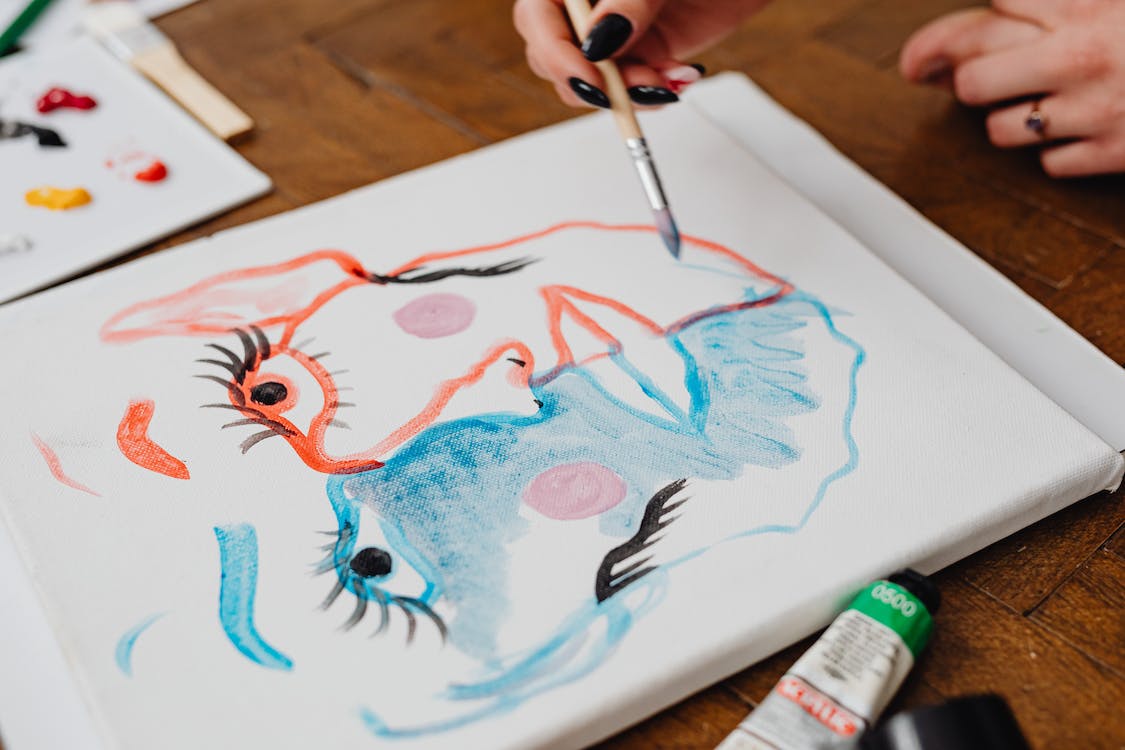

Imagine a world where you can effortlessly work on your passion and have some “me” time. A world where you can explore your ideas, create stunning masterpieces, and manage your deadlines. Sounds like a dream, right? Well, you can turn that dream into reality by learning the art of time management.
Why is time management so important for artists? Think of it as the secret sauce that takes your creativity to the next level. It’s not just about squeezing in more tasks or checking items off a list. It’s about creating a balance that lets your work shine through.
But we know it’s not easy. Time has a sneaky way of slipping away, leaving you wondering where everything went. That’s why we’re here to guide you with tips for busy artists that can help you the challenges of managing time as a busy artist.
In this guide, we’ll share the following:
- Ways you can plan and manage your work.
- Some tools that can help you be more productive.
- Some pro tips
So, are you ready to step into a world where time becomes your ally rather than your enemy? Let’s do this!
Understand Your Priorities and Plan Accordingly:
To manage your time as a busy artist, it’s important to understand your priorities. Begin by identifying your goals and objectives.
What do you envision for your artistic journey in the long term? Are there specific projects or milestones you want to achieve? Take the time to reflect and define what success means to you as an artist. This clarity will serve as your compass, guiding your time management toward tasks that truly matter.
Next, distinguish between urgent and important tasks. Urgent tasks demand immediate attention, while important tasks contribute to your long-term goals. It’s crucial to recognize that not everything urgent is necessarily important.
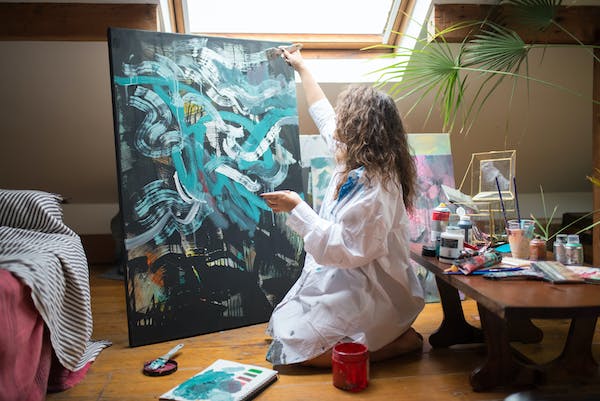
Ask yourself: What tasks require immediate action? Which ones align with your vision? You can make informed decisions about where to direct your focus and energy by differentiating between urgent and important.
Once you grasp your priorities, it’s time to plan and organize your time for efficiency. Create a schedule or timetable that includes your to-do lists. Break down your goals into manageable chunks and allocate specific time slots for each task. Consider your peak energy and creative periods when scheduling important work, as this will maximize your productivity.
By understanding your priorities and planning and organizing your time, you’ll set the stage for increased productivity and success as a busy artist. Regularly review and adjust your schedule to remain flexible and adaptable. With clear priorities and a well-structured plan, you’ll lead your journey with purpose and fulfilment.
Use Tools That Can Help You With Project Management
We have various tools to make our arts and crafts more efficient. Look at tools and apps for project management that can keep you organized, facilitate teamwork, and monitor your progress.
You can use these tools to assign duties, set deadlines, and divide projects into manageable tasks. By centralizing your art business with these tools, you can manage your productivity and ensure nothing slips between the cracks.
Using the Eisenhower Matrix to prioritize tasks:
It cannot be easy to decide which duties should be completed first. The Eisenhower Matrix can help in this situation. Sorting jobs into four quadrants—
- Important but not urgent
- Urgent but not important
- Neither urgent nor important—
It is an easy but effective strategy. You may efficiently prioritize your chores and concentrate on the ones that match your work and have the biggest impact by classifying them into these categories.
Practice Self-care and Keep a Healthy Balance.
Self-care is crucial for promoting productivity.
Prioritizing self-care is vital for artists. Maintaining your physical and emotional health is a necessity, not a luxury. Your creative energy is replenished, and your productivity is increased when you participate in activities that are good for your body, mind, and soul.
Self-care is an investment in the long-term success of your artistic career, whether it takes mindfulness practice, physical activity, engaging in interests outside of art, or simply taking some downtime.
Include Downtime and Breaks into your Schedule
Breaks are not a sign of sloth; they are necessary for sustaining productivity and eliminating burnout. Include frequent breaks in your schedule to refuel and renew your spirit. When you return, a brief break from your creative endeavors can help you be more creative.
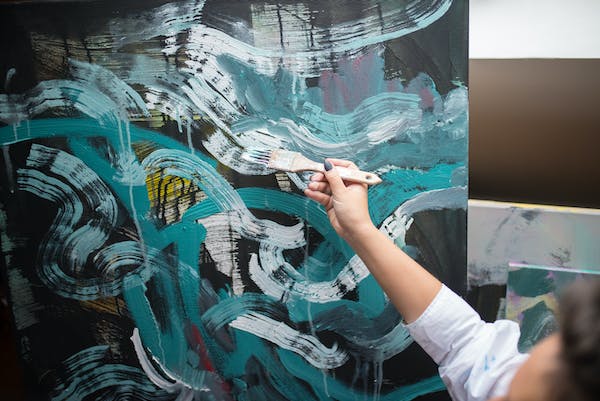
Additionally, schedule quiet and leisure time to indulge in what you enjoy. Maintaining a balance is essential.
Maintain a healthy work-life balance for overall well-being:
You need to find a good work-life balance to be happy overall. It’s important to make time and energy for your personal life, even when your artistic interest may take up much of your time and attention.
Spend more time with your loved ones, do things unrelated to your art, and indulge in pastimes that make you happy. If you take care of your personal life and artistic endeavors, you’ll feel fulfilled and gain a fresh zest for your work.
Learn to Say No:
Setting boundaries and managing commitments:
As a busy artist, it’s important to set clear boundaries and manage your commitments. Recognize your limitations and avoid overextending yourself. Be selective in what you agree to take on, ensuring you have enough time and energy to dedicate to your work.
Communicate your boundaries to others, whether setting realistic deadlines or politely declining requests that don’t align with your priorities.
Prioritize your art projects and goals:
Your artistic projects and goals deserve your full attention and dedication. Learn to prioritize them above other external demands. Evaluate opportunities that come your way based on how they align with your vision and contribute to your long-term objectives.
It’s okay to say no to projects or collaborations that may distract you from your path. Staying focused on your goals creates space for your growth and fulfillment.
Though, saying no can be challenging, especially when it involves declining opportunities. However, it’s essential to sometimes decline opportunities that don’t align with your vision.
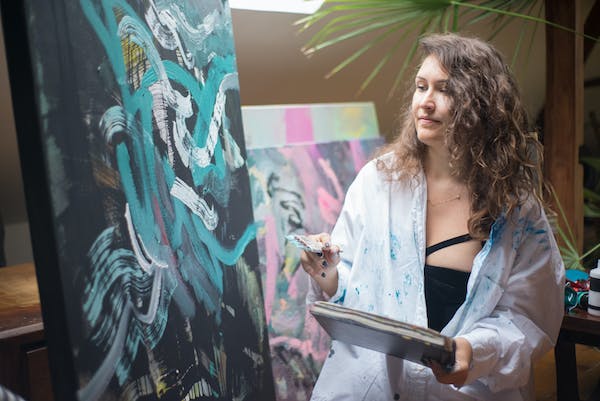
Remember, your time and energy are precious resources. Politely and respectfully decline offers that don’t resonate with your goals or artistic style. Doing so frees up time for endeavors that spark your passion and propel you forward on your artistic journey.
Learning to say no is not about rejecting opportunities outright but about consciously choosing where to invest your time and creative energy.
Pro Tips For Busy Artists
Take time to reflect on your current time management practices. What has been working well for you? What areas could use improvement?
Reflecting on your strategies allows you to gain insights into what is effective and may need adjustment. Consider journaling or keeping a record of your daily activities to track your progress and identify patterns.
Identify areas for improvement and growth:
Once you have reflected on your time management strategies, identify improvement areas. Are there any recurring challenges or time-wasting activities that you can address?
Look for opportunities to streamline your workflow, eliminate unnecessary tasks, or optimize your processes. By pinpointing areas for growth, you can take targeted action to enhance your productivity.
Experiment with new techniques and approaches:
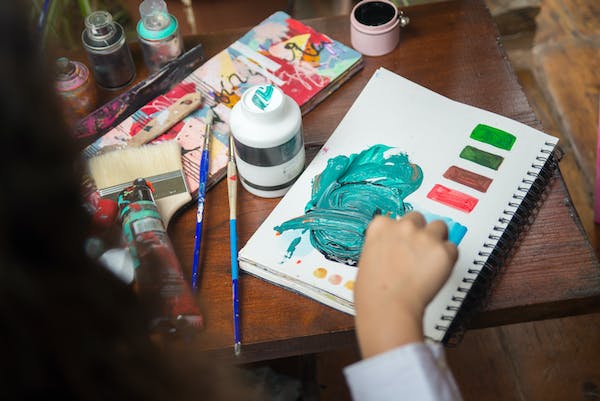
Try new techniques and approaches to refine your time management skills. Stay open to learning and exploring different methods that align with your unique artistic style and preferences. Experiment with productivity tools, time-blocking techniques, or alternative scheduling methods to find what works best for you. Embrace a growth mindset and be willing to adapt your strategies as needed.
Remember, time management is an ongoing process of improvement and refinement. By identifying areas for growth and experimenting with new techniques, you can continually optimize your time management practices and unlock greater productivity and success.
Remember
Practice self-kindness. Recognize your achievements, no matter how small, and progress as you go. Remember that your artistic development is personal, and comparisons won’t help it. Be true to your personality, your vision, and the joy that creating art provides you.
May you have a day full of creativity, a day full of productivity, and a day that makes the world see your work. I hope you find these tips helpful; if yes, you can also read 10 tips to enhance your creativity in Arts.
The images in this article are sourced from:

















Comments 13